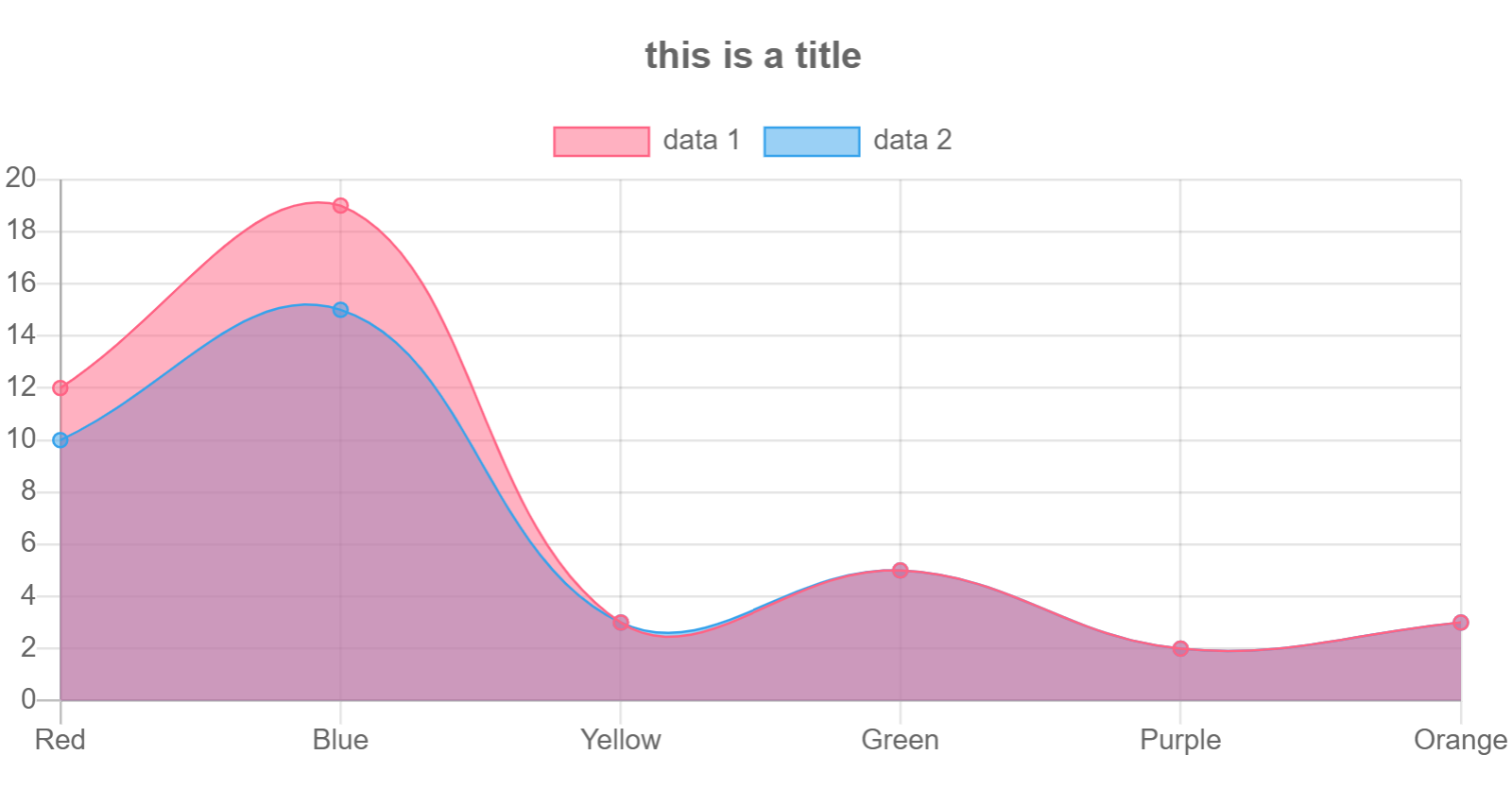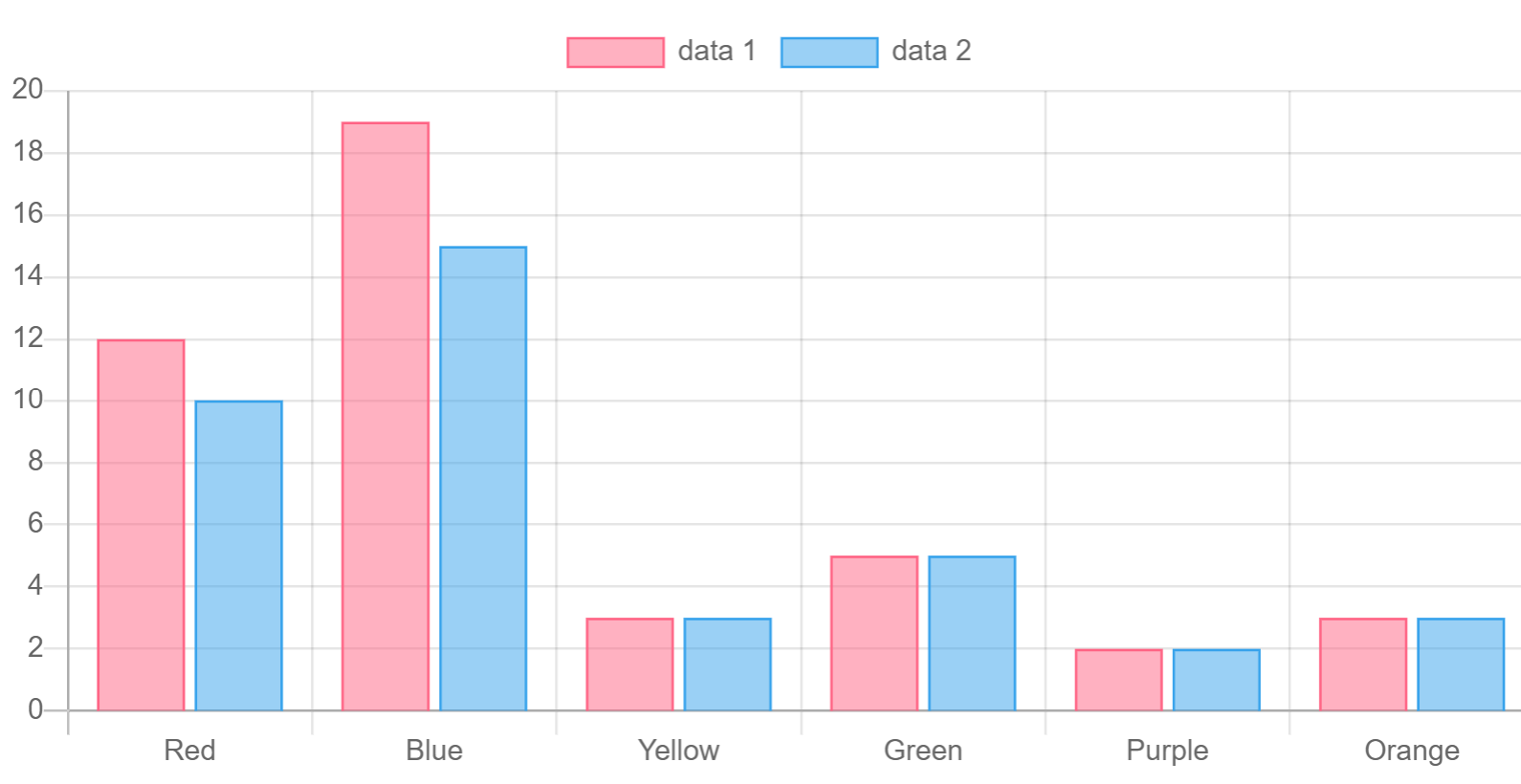vitopedro / laravel-chartjs
chartjs wrapper for laravel
Installs: 377
Dependents: 0
Suggesters: 0
Security: 0
Stars: 1
Watchers: 1
Forks: 0
Open Issues: 0
pkg:composer/vitopedro/laravel-chartjs
Requires
- laravel/framework: >=5.6
README
This is a wrapper of chart.js in php to be used in Laravel Framework.
This component offers an easy and fast interface to add charts to a lavaravel application.
Setup
Installation
Install it via composer with the command:
composer require vitopedro/laravel-chartjs
Configuration
1 - Add the service provider to your application in your configuration file that is normally under config/app.php
...
/*
* Application Service Providers...
*/
...
App\Providers\EventServiceProvider::class,
App\Providers\RouteServiceProvider::class,
vitopedro\chartjs\ChartjsServiceProvider::class,
...
2 - Test your application with php artisan serve, if it has errors, reset your composer qutoload with:
composer dump-autoload
3 - Publish the public assets with the the command:
php artisan vendor:publish --tag=public --force
if everything worked correctlly, you will have in your application's public folder a folder vitopedro\chartjs
Usage
Include the class coresponding to the chart type nedeed, the minimum requirement for a chart to properlly render is to set the labels and the series. It is also recommended to set the title, but not mandatory.
Line/Area/Column
Those chart types are similar and can be used interchangeblly to represent the same set of data. In those types, the labels correspond to the points in the x axix of the chart and are required to properlly render the data. The series corresponds to the data itself, and it is an array containing in each position a label and a data positions. The label is to be used in the legend and in the tooltip of the chart, the data should be an array of numbers and should have the same length that labels has.
Examples
Line chart
use vitopedro\chartjs\LineChart;
$line = new LineChart();
$line->setTitle("this is a title");
$line->setLabels(['Red', 'Blue', 'Yellow', 'Green', 'Purple', 'Orange']);
$line->setSeries([
[
'label' => 'data 1',
'data' => [12, 19, 3, 5, 2, 3],
],
[
'label' => 'data 2',
'data' => [10, 15, 3, 5, 2, 3],
],
]);
echo $line->render();
Area chart
use vitopedro\chartjs\AreaChart;
$area = new AreaChart();
$area->setTitle("this is a title");
$area->setLabels(['Red', 'Blue', 'Yellow', 'Green', 'Purple', 'Orange']);
$area->setSeries([
[
'label' => 'data 1',
'data' => [12, 19, 3, 5, 2, 3],
],
[
'label' => 'data 2',
'data' => [10, 15, 3, 5, 2, 3],
],
]);
echo $area->render();
Column chart
use vitopedro\chartjs\ColumnChart;
$column = new ColumnChart();
$column->setTitle("this is a title");
$column->setLabels(['Red', 'Blue', 'Yellow', 'Green', 'Purple', 'Orange']);
$column->setSeries([
[
'label' => 'data 1',
'data' => [12, 19, 3, 5, 2, 3],
],
[
'label' => 'data 2',
'data' => [10, 15, 3, 5, 2, 3],
],
]);
echo $column->render();
Pie
This chart type differs from the the previous ones, since it doesnt have x axix. In here the labels correspond to the legend or tooltip of each value. To create a pure pie chart only one serie should be used, if multiple series are passed to the setSeries function, multiple circles will be rendered. In the series, the label must also be sent in order to maintain consistency, but it is not rendered anywhere.
Example
use vitopedro\chartjs\PieChart;
$pie = new PieChart();
$pie->setTitle("this is a title");
$pie->setLabels([
'Red', 'Blue', 'Yellow', 'Green', 'Purple', 'Orange',
]);
$pie->setSeries([
[
'label' => 'data 1',
'data' => [
12, 19, 3, 5, 2, 3,
],
],
]);
return $pie->render();




